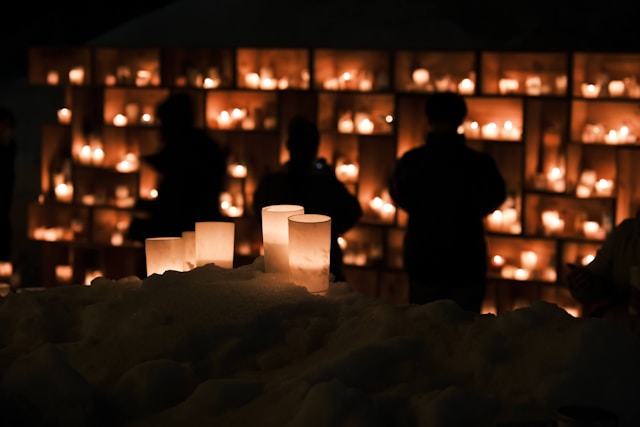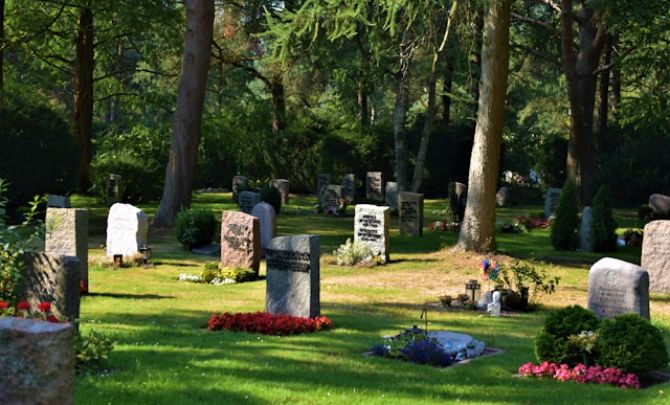Life is a journey filled with moments that define who we are, and when someone we love passes away, we often seek ways to honor their memory. A memorial gathering serves as an essential means to celebrate the life of the deceased while offering support to those who are grieving. It is an opportunity for friends and family to come together, share stories, and remember the fond memories they created together.
Understanding the Purpose of a Memorial Gathering
Hosting a memorial gathering allows people to process their grief and celebrate a life well-lived. Recognizing the significance of this event helps set the right tone. It creates a space where emotions can flow freely, and shared remembrances can bring comfort. Memorials can range from intimate gatherings to larger celebrations where the community joins in. This adaptability is vital, as every individual has unique relationships and preferences.
Choosing a date and time that accommodates family and friends is essential. A flexible approach to schedules can help maximize attendance. By fostering an inviting atmosphere, attendees can feel comfortable sharing and supporting one another. Those seeking professional assistance can explore options from services such as www.sanjacintofunerals.com, which can provide guidance on hosting meaningful gatherings and offer valuable suggestions. A well-planned memorial honors the memory of a loved one while offering healing to those left behind.
Selecting a Suitable Venue
Choosing the right location for the memorial gathering is crucial. The space should reflect the personality and values of the deceased. Some families opt for serene outdoor settings, which can evoke feelings of peace and connection to nature. Others may prefer indoor venues that hold sentimental value, such as a family home or place of worship. Whichever option you choose, consider the size of the gathering.
Accessibility should be a concern. Make sure the venue accommodates the needs of all guests, including those with mobility issues. Taking the time to visit potential venues could help parents envision the atmosphere and layout. Evaluating logistical aspects, such as parking and restrooms, can make a considerable difference in the guest experience.
Developing a Memorial Program
Crafting a program can enhance the experience of the memorial gathering. This can be a simple outline of how the event will proceed, detailing the order of speakers, moments of reflection, and any special readings or rituals. Including personal elements, such as favorite songs or poems of the departed, can add depth. Interactive components may be included, allowing attendees to share their memories or feelings throughout the gathering.
Encouraging people to contribute in their own way can invoke a sense of belonging in the mourning process. Acknowledging the emotional nature of the event and validating the attendees’ feelings can help create a supportive environment. The program can serve as a keepsake that family and friends can cherish to remember the deceased and the connection they held to the individual.
Incorporating Personal Touches
Infusing the gathering with personal details that reflect the deceased is an important step. This could involve displays of photographs or memorabilia that tell their life story and showcase their passions and achievements. Selecting items that evoke smiles, laughter, or cherished memories can turn the event into a celebration of life. Food can play a central role, including favorite dishes or treats that they enjoyed could stimulate fond memories among attendees.
Arranging for a memory table where guests can leave notes or tokens honoring their experiences with the individual can deepen the communal aspect of the gathering. These personal touches create an atmosphere of connection by reinforcing the bonds shared among those attending. Knowing that their loved one was appreciated in this way can bring a touch of solace to grieving hearts.
Offering Emotional Support
Grieving can often feel isolating, so concerning the emotional well-being of attendees is an important aspect. Providing resources such as counselors or support groups can help those struggling cope with their loss. Encouraging open dialogue between attendees can facilitate sharing feelings and stories. Offering designated quiet spaces or moments throughout the gathering for reflection can provide respite.
This helps balance the emotional intensity of the gathering. Creating an atmosphere that fosters comfort can encourage attendees to openly express themselves or seek support when needed. Comforting food and drink can serve a significant role, as sharing meals has always brought people together. Taking into account the diverse emotional reactions of attendees can create a safe and nurturing environment.
Following Up After the Gathering
After the memorial gathering, showing appreciation to attendees can provide closure and a means for continued connection. Sending thank-you notes to guests, acknowledging their presence, and sharing meaningful memories can strengthen ties formed during this difficult time. Hosting a follow-up gathering may be a comforting option, allowing family and friends to reconnect in a supportive environment.
Engaging with networks of mutual friends and family on an ongoing basis helps reduce the feelings of isolation that often exist after losing a loved one. Considering other memorial acts, such as tree planting or charity donations in the deceased’s honor, can keep their memory alive while facilitating healing for those affected. Maintaining communication and community is essential for everyone coping with the loss.

By carefully planning every detail, from the venue selection to incorporating personal touches and offering emotional support, families can create a meaningful tribute that resonates with everyone involved. In remembering our loved ones, we embrace the connections formed within our shared experiences of love and loss.
